Handbook Of Communication In Anaesthesia, Pain Management, And Intensive Care: A Practical Guide To Exploring The Art, 2nd Edition (PDF)
5 $
Format : Publisher PDF
File Size : 14.8 MB
By Allan M Cyna, Suyin GM Tan, Marion I Andrew, Laura L Burgoyne, Scott W Simmons
Communication in anaesthesia, pain management, and intensive care can have profound impacts on patients and healthcare colleagues. Good communication can result in better patient outcomes and experiences of the hospital setting, whereas poor communication is frequently at the heart of adverse incidents, complaints, and litigation.This handbook outlines two model frameworks to improve communication: one to give structure to an interaction and one that explores language structures and the layers of meaning to our words. The frameworks are essential tools for communicating with children, obstetric patients, and those with needle phobia. A practical guide, the book is packed with useful tips to enhance interactions with both patients and colleagues. Numerous examples and vignettes clearly demonstrate ideas that will improve patient care, safety, and bring out the best in everyone around. Fully updated with new clinical guidelines and literature, the second edition includes new chapters on how to talk to patients in pain, featuring motivational interviewing techniques, and on social media. Increased coverage of managing challenging situations, includes communicating with distressed relatives, dealing with complaints, and working with interpreters. The contributors and editors are senior clinicians from North America, Europe, and Australasia, working at the coalface of perioperative and critical care. Blending theory, science, and practicality, this book complements resources for communication skills teaching in anaesthesia and other related professional groups.
Product Details
Publisher : Oxford University Press; 2nd edition (November 29, 2024)
Language : English
Paperback : 360 pages
ISBN-10 : 0198858663
ISBN-13 : 978-0198858669
Be the first to review “Handbook Of Communication In Anaesthesia, Pain Management, And Intensive Care: A Practical Guide To Exploring The Art, 2nd Edition (PDF)” Cancel reply
You must be logged in to post a review.













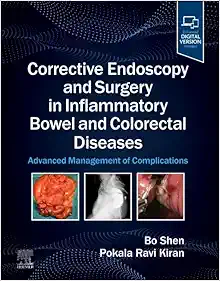












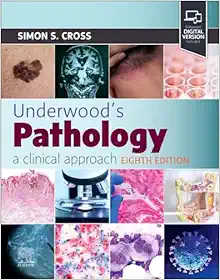















![Praxisleitfaden Allgemeinmedizin, 10th Edition [German] (PDF) Praxisleitfaden Allgemeinmedizin, 10th Edition [German] (PDF)](https://radiologyebook.vn/wp-content/uploads/2024/12/978-3437224577-9783437050220.jpg)


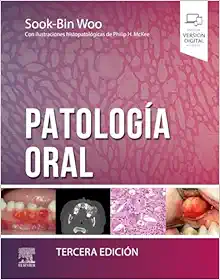



























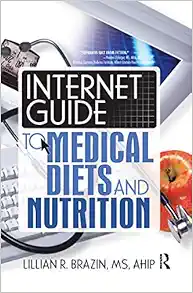













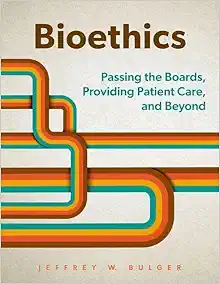












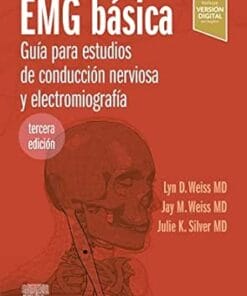



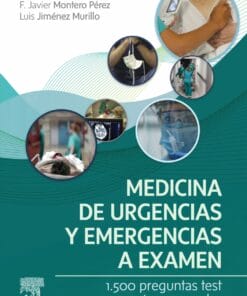
Reviews
There are no reviews yet.